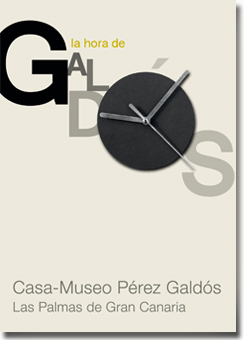LA MIRADA MASCULINA EN TRISTANA / THE MASCULINE GAZE IN TRISTANA
Palabras clave:
Tristana, masculinidad, relación hegemónico/subaltern, modernidad, clase social, masculinity, hegemonic / subaltern relationship, modernity, social classResumen
Nuestro estudio se enfoca en el concepto de la mirada masculina acuñada por Laura Mulvey, para responder a las observaciones de C. A. Longhurst, quien afirma la necesidad de estudiar la influencia de la pintura en la narrativa española de fin de siglo y las de Collin McKinney, quien señala una laguna crítica en los estudios de la masculinidad en la obra galdosiana. En Tristana (1892) Galdós crea en el personaje Horacio Díaz un pintor que produce objetos de capital cultural, para usar la frase de Pierre Bourdieu, que permiten la exploración de cómo se relacionan estas figuras como productos del grupo hegemónico y las que crea Tristana como pertenecientes al grupo subalterno. Se analiza la mirada de Díaz y sus productos tangibles y no tangibles, con respecto a cuestiones de clase y de género, en el contexto de la modernidad, período entendido, según Charles Baudelaire, como «lo transitorio, lo fugitivo, lo contingente, la mitad del arte, cuya otra mitad es lo eterno». / Our study focuses on the concept of the male gaze, coined by Laura Mulvey, to respond to C. A. Longhurst’s observations on the need to study the influence of painting on Spanish fin-de-siècle narrative and those of Collin McKinney, who remarks on the critical lacuna of masculinity studies on Galdós’s work. In Tristana (1892) Galdós creates in the protagonist Horacio Díaz a painter who produces objects of cultural capital, to borrow from Pierre Bourdieu, that allow for the inquiry as to the relationships between these figures as products of the hegemonic group and those created by Tristana as a member of the subaltern group. This paper analyzes Horacio’s gaze and his products, tangible and intangible, with regard to questions of class and gender, in the context of modernity, understood by Charles Baudelaire as «the transient, the fleeting, the contingent; it is one half of art, the other being the eternal».




